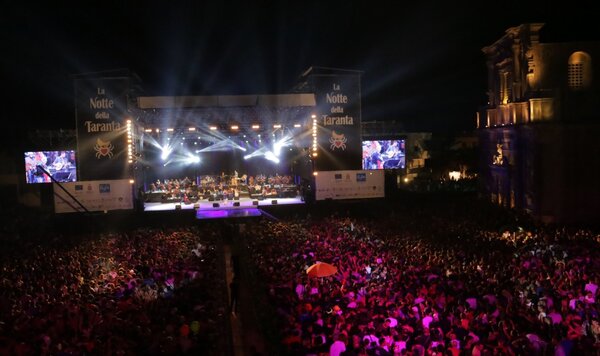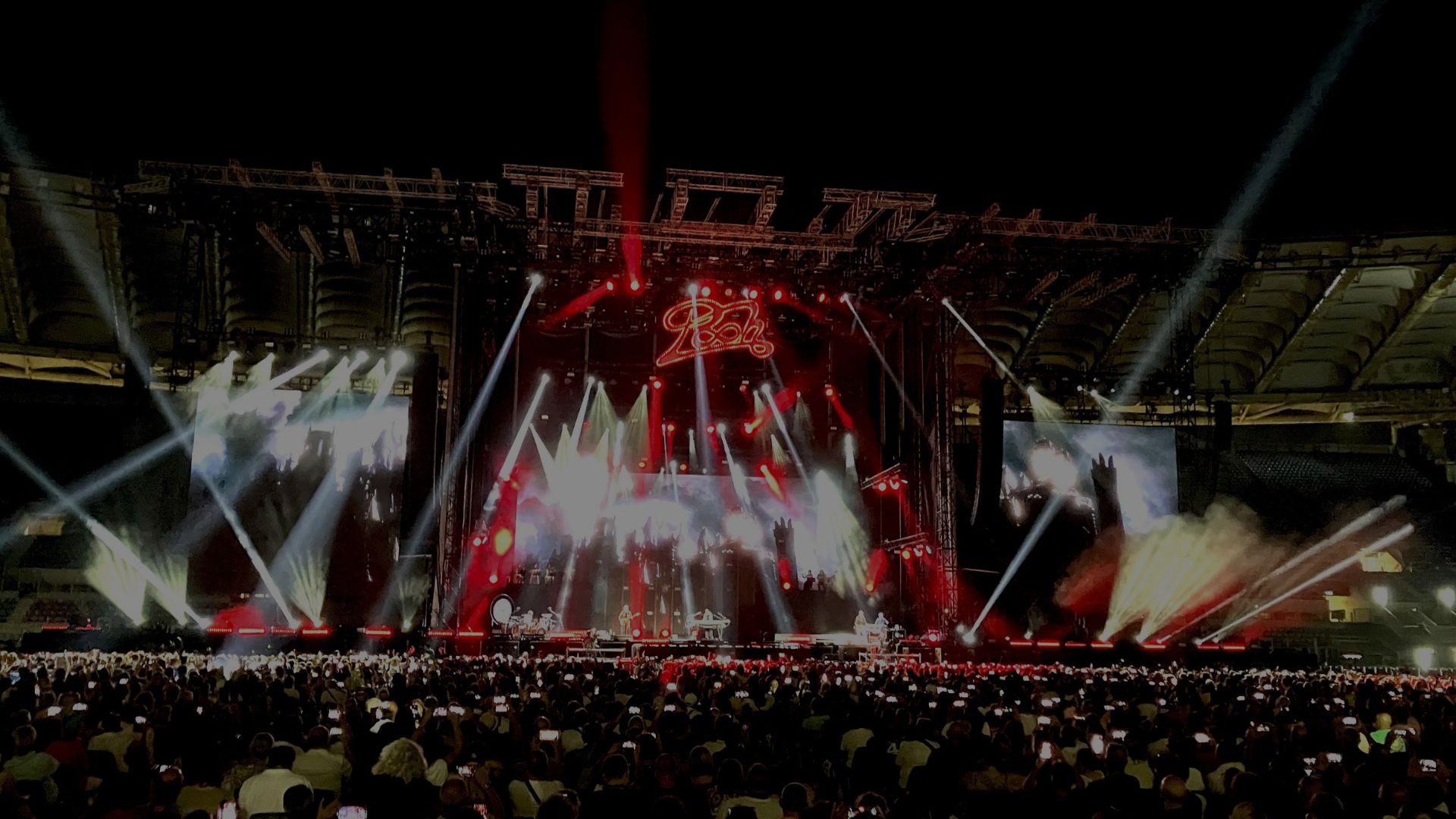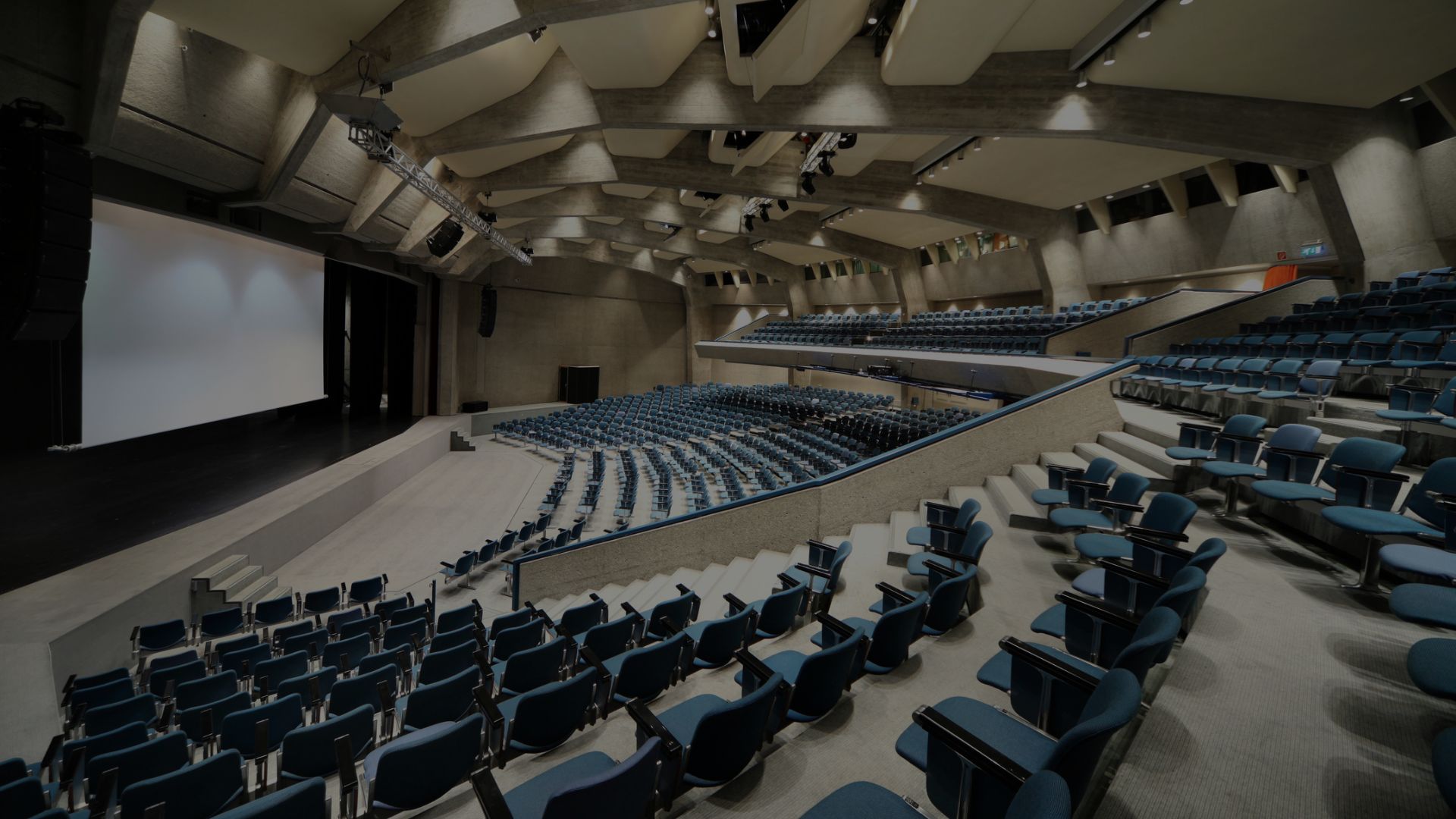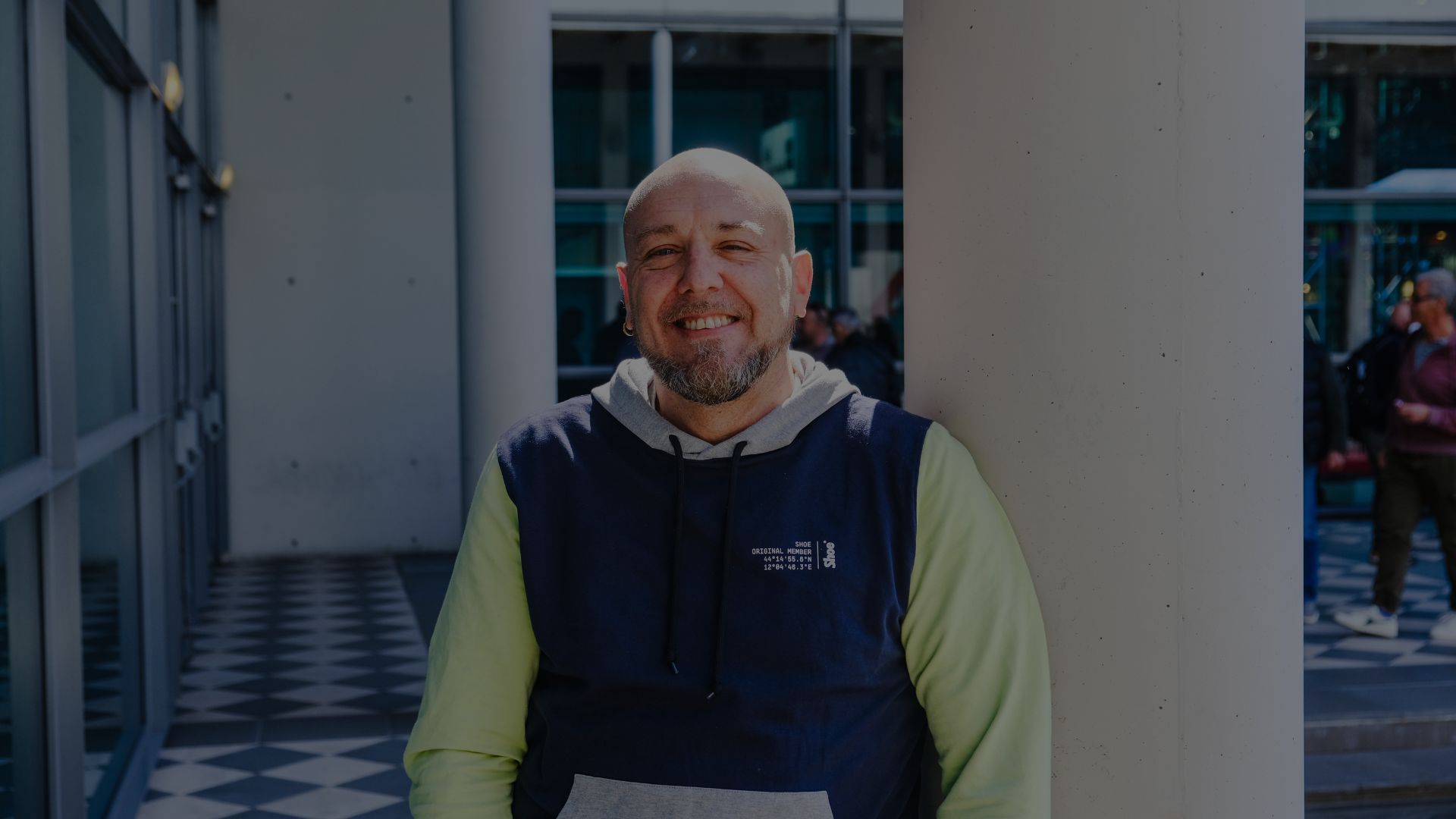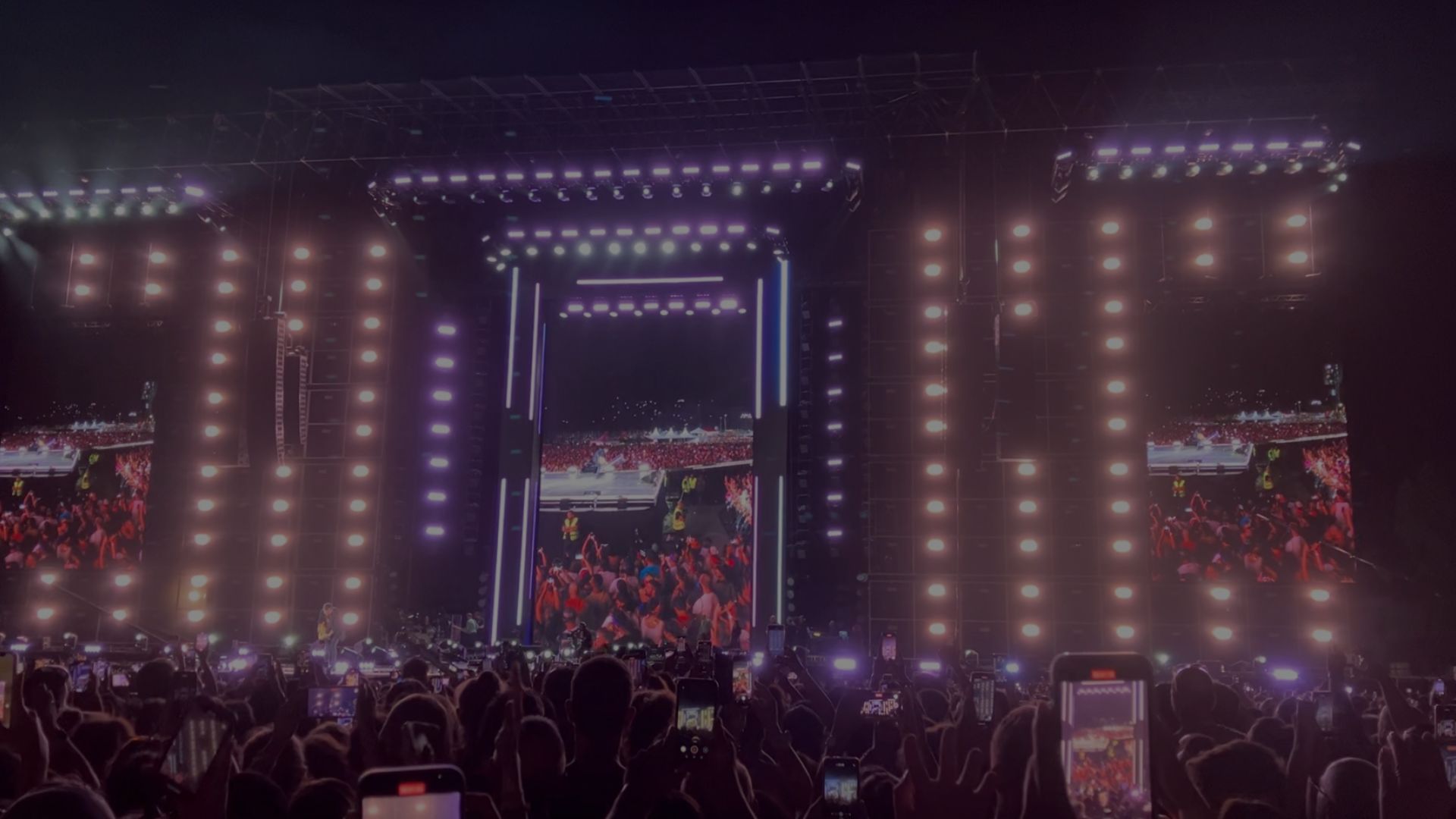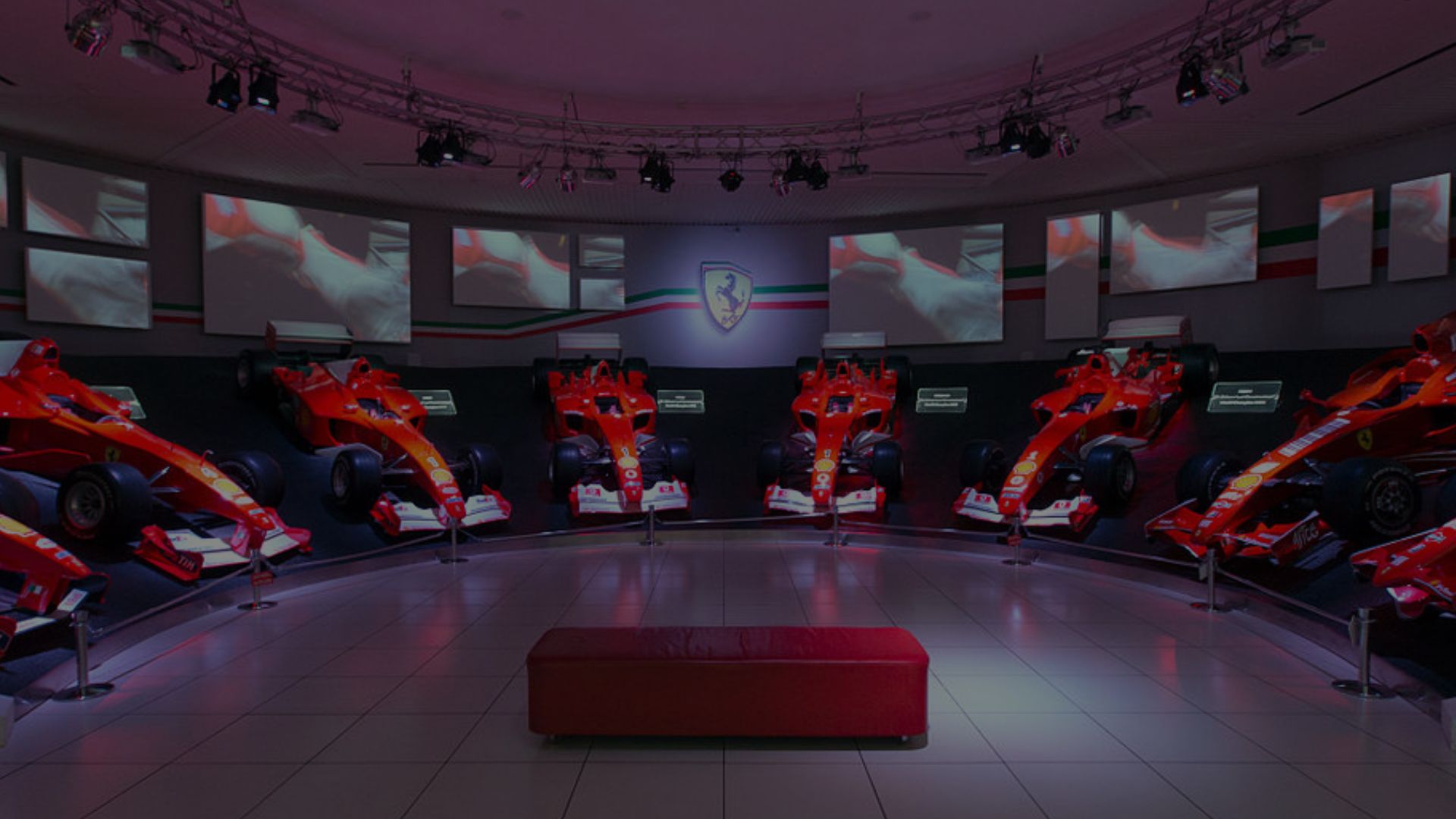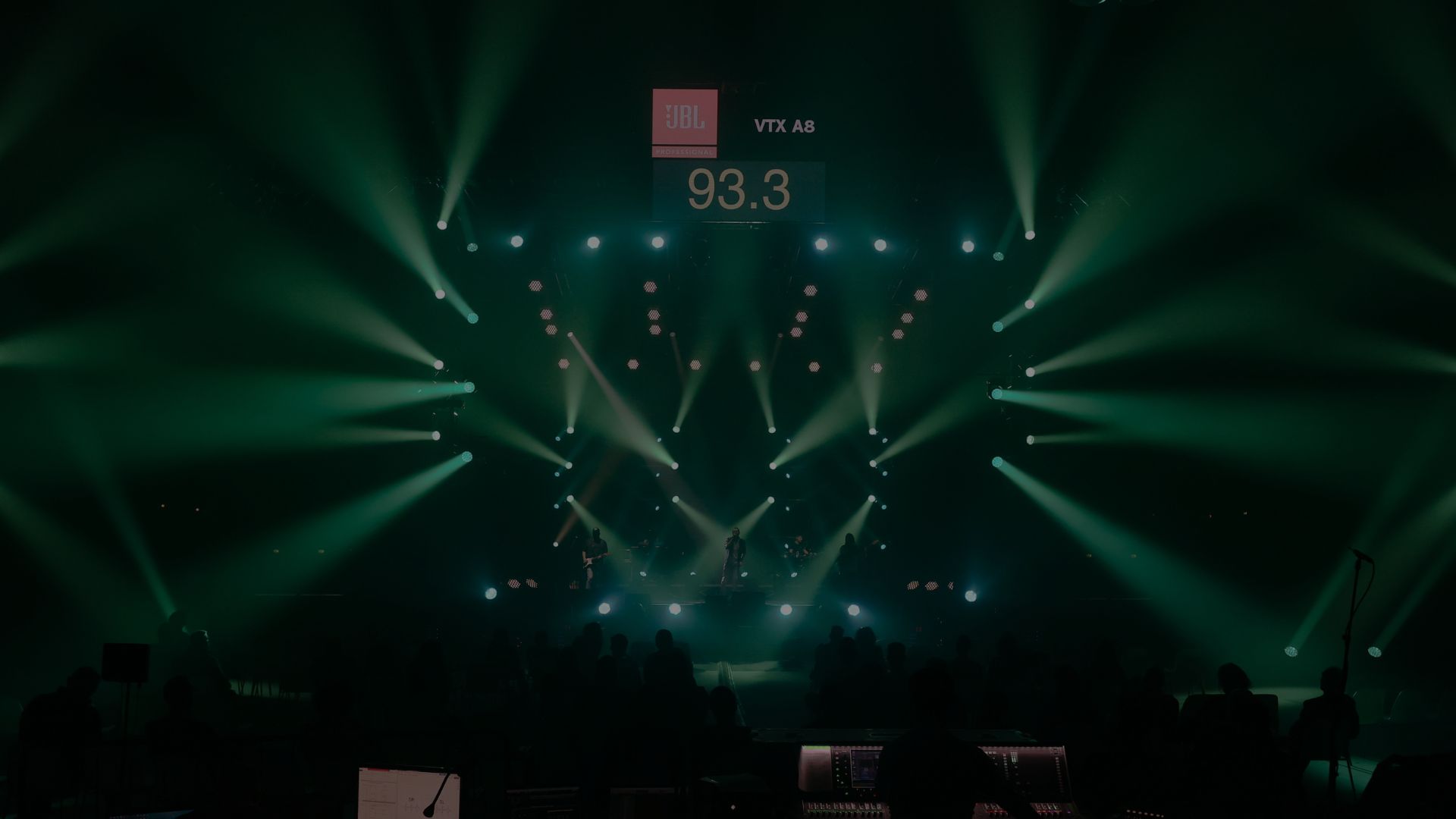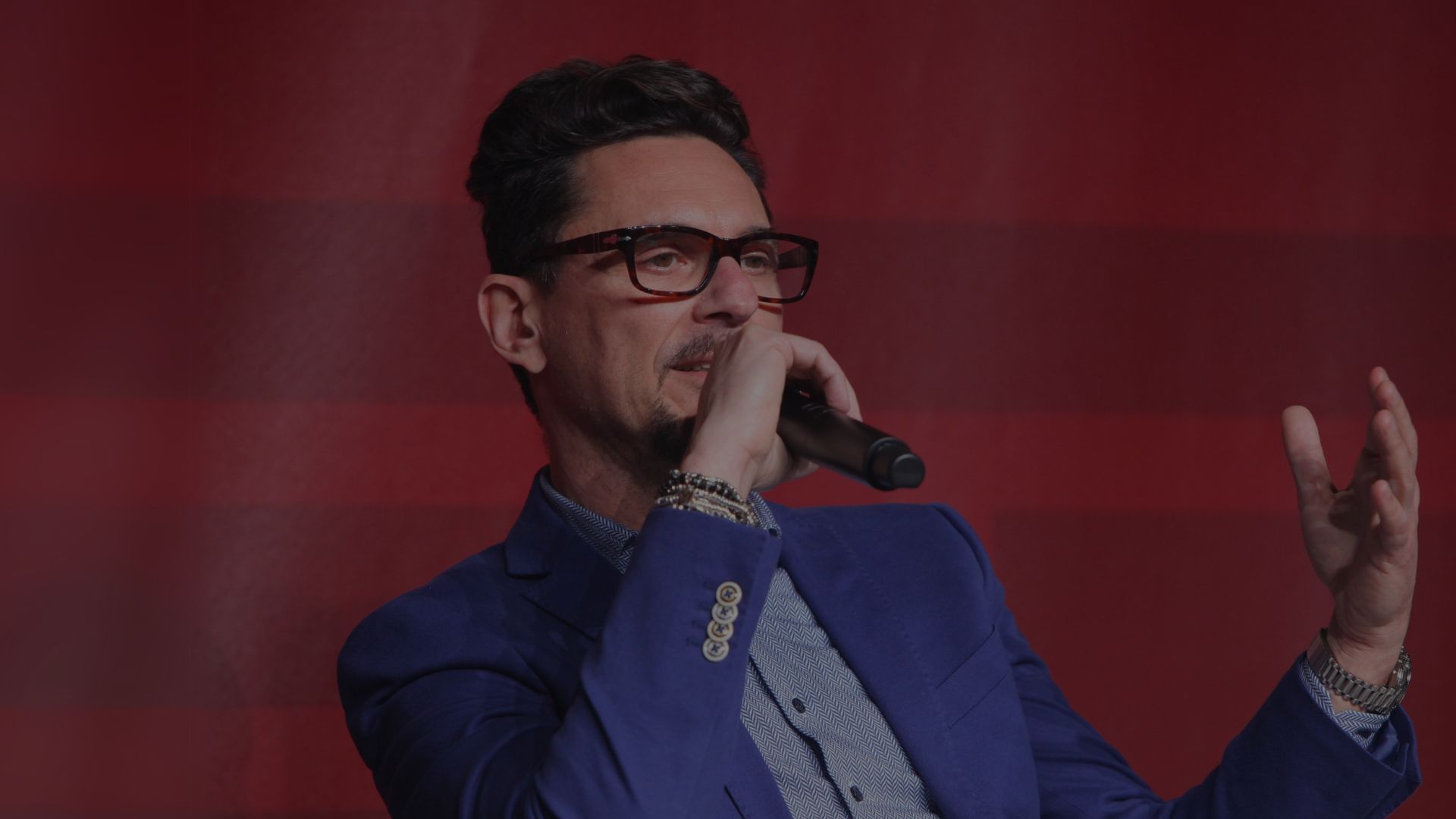How can music transform not only the soundscape, but also the face and destiny of entire territories? In this article, we explore how music can radically transform the areas that host it — attracting tourists, giving identity to local communities, and showcasing some real-life case studies.
Pierfrancesco Pacoda is a journalist, music critic and lecturer at the University of Bologna, who shared with us at MIR 23 his perspective and experience in promoting music as a tool of territorial development.
Music: the driving force of territorial marketing
Today, music is central to what is called territorial marketing — a set of actions a region undertakes to raise its appeal to visitors and investors.
Local politicians and administrations have always been key actors in developing territorial marketing strategies, but it’s the musical element that plays a pivotal role in this process, serving as a powerful magnet for tourism.
There is a phenomenon known as festival tourism, which applies both to foreign and domestic visitors. Italy is one of the countries with the highest number of festivals. Each small town, every city, each region becomes its own music festival — distinct and unique. The winning strategy is to seek connection, look around and understand what resources the region can leverage.
A prime example is La Notte della Taranta, a music festival in Salento. Traditional popular music such as pizzica has helped grant Salento a new identity, attracting tourists from around the world. Beyond the initial draw of the festival, music has the power to evoke sustained interest in the territory.
Paride81, CC BY-SA 3.0 <https://creativecommons.org/licenses/by-sa/3.0>, via Wikimedia Commons
Why involving politics and local administration matters
To develop a music-based territorial marketing strategy, it’s crucial to involve political and public administration from the earliest stages. Collaboration with public entities is essential not only for funding but also to resolve local challenges—traffic, licensing, waste management, and more.
Case study: the Romagna Riviera
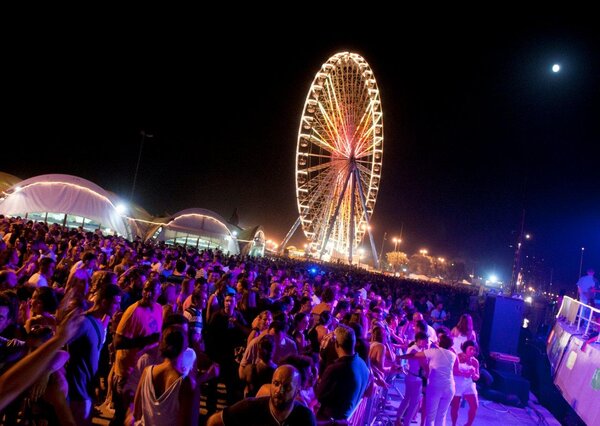
This is a telling example of how political leadership steered a territorial marketing strategy centered on nightlife. When the region faced the problem of sea mucilage polluting the beaches, it pivoted toward nightlife as a new tourist driver. This strategic decision redefined the region’s economy and proved the importance of partnerships between the government and the music sector.
In the past, there were more music magazines than there are today, and prominent music and national media — Corriere della Sera, La Repubblica, L’Espresso — were invited to visit the nighttime clubs of the Romagna Riviera to write stories. This promotion was funded by public bodies and tourism agencies with the message: “Come here to enjoy nightlife, unforgettable nights, and amazing parties.” The Romagna Riviera was marketed as a destination of nighttime fun, contrasting with its daytime beach promotion. Music became a driving force in its territorial branding.
Case Study: Ibiza
Still, the music-driven nightlife model has evolved over the years, and some nightclubs now face challenges. However, places like Ibiza have maintained a powerful nightlife presence thanks to carefully aligned political strategies and governance.
Ibiza, for instance, leveraged the hippie movement of the ’60s and successfully developed its nightclub industry. Even under Franco’s Spain, strategies were put in place to promote Ibiza as a destination for entertainment. Transportation systems, tourism services and local infrastructure were all designed in sync with the nightlife operators, the local government and the national authorities — without which its success would not have been possible.
Music as intangible cultural heritage
For some years now, UNESCO has designated certain musical genres as intangible cultural heritage: tango, Portuguese fado, Spanish flamenco, reggae, among others.
Then there are very particular forms of music such as Congolese rumba, a rich cultural tradition recognised as a unifying force across the three regions of Congo. This music carries deep social value, serving as a sign of cultural identity and cohesion.
In Italy, Emilia-Romagna is hoping to gain UNESCO recognition for the region’s traditional dance music — especially liscio. The goal is to affirm that musical traditions form part of the region’s cultural identity, contributing to valorisation and the preservation of heritage.
Bologna received the title “Creative City of Music” from UNESCO in 2006, acknowledging music’s central role in the city’s culture and identity.
The economic impact of music on a region
Data shows that investment in music events can yield substantial economic returns — as seen in Salento’s Notte della Taranta. The festival delivered impressive revenues, highlighting music’s potential as a tourism driver.
Bocconi University surveyed 9,000 people. With a total investment of nearly €4 million in the area hosting the event, the return was €12 million, more than triple the input.
These figures consider only the spending of tourists who came solely for the festival — visitors who would not have otherwise visited Salento. Factoring in their travel and related costs, the total economic impact is estimated at around €25 million.
This shows music’s power when rooted in tradition, culture, and ethnographic heritage — in this case, reviving traditions that were fading.
Music as a transformative force
Music has the power to transform territories and offer unique experiences to visitors. A bright idea alone is not enough — one must involve politics, tackle local challenges, and collaborate with the community. Music not only draws an initial audience but also adds lasting value, increasing a territory’s tourism appeal over time.
In conclusion, exploring music’s potential in territorial marketing is crucial. Music is more than entertainment — it’s a vehicle for transformation, identity, and territorial attractiveness. Collaboration between musical creativity and local government is essential for success, and the outcome can be a cultural and economic renaissance for a community.
PUBLICATION
24/11/2023
caso studio scenario

